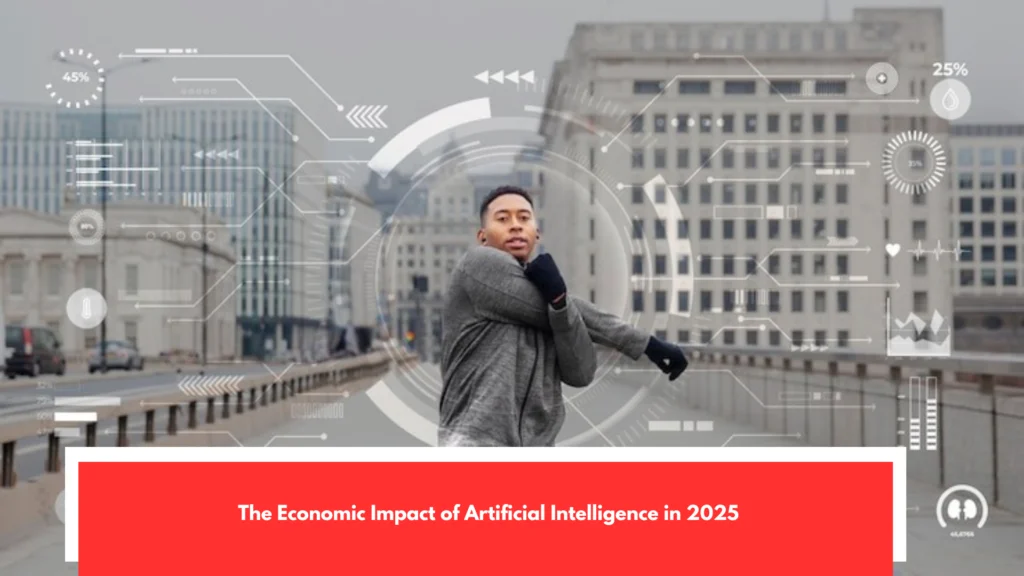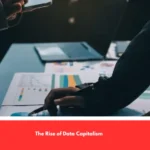As we will demonstrate in the coming paragraphs, various new data and numbers have been released during the last quarters, and respective knowledge has been enhanced. Since September 2023, the Census Bureau began asking questions concerning AI adoption in the biweekly survey it administers with a broad sample of businesses. And indeed, by December 2024, over 6.0 percent of American companies had adopted AI in their production process, up from 3.7 percent the previous year, showing The Economic Impact of Artificial Intelligence.
There is indeed a large increase in this percentage in a very short period. Moreover, about 9 percent replied that they were going to use it within six months (this ratio is also growing). These numbers indicate that AI adoption by business is very fast and only in its infancy: the diffusion potential is quite high. Households are adopting generative AI at a very fast pace.
Industries more exposed to AI have 3x higher growth in revenue per employee

As a matter of fact, its growth trajectory among the population aged 18-64 is; Two years after launch, it has a penetration rate of 39.4 percent out of which Internet only had 21 percent penetration rates at the time. Another curious fact of this investigation is that about equal number of people report that they use it both at the workplace and off-work. It is significant that tasks asked are varied. For those who do not apply it in their working environments, its order of priority where it is used is first identified as: drafting communications, interpretation/translation/summarization, personal assistance, and idea generation.
Wages are rising 2x faster in the most AI-exposed industries

Which has given especial consideration to the data centers. The rising importance of the data centers specific investment becomes more and more notable to the aggregate. Further, it has released a special focus on employment in data center in its Quarterly Workforce Indicators that reveals that in the United States, employment in data centers has grown by over 60 percent at a nationwide level between 2016 and 2023, with the two most populous states in the country taking the majority of data center employment, which 17 percent is in California and the other ten percent in Texas.
An example of such a study rests in one made at MIT. The author had the right to accompany the science teams of a huge American firm in the field of materials engineering during several years. This firm has implemented the use of AI of multiple waves, and it is possible to measure the productivity benefits of AI scientists.
Workers with AI skills command a 56% wage premium: up from 25% last year

It reveals in the article that assuming all other factors are equal, the number of materials that the scientists find with the help of AI is 44 percent greater. This material inflow has translated to the increased patent applications by 39 percent and 17 percent increased product prototype some months later using the new materials.
Amount of drugs and vaccines with the help of AI. The success rates of the molecules identified by an AI continue to be about twice as high as on molecules identified by traditional methods during Phase I and II trials, and thus would enable the companies to continue producing the same amount of new drugs with fewer resources and at lesser costs, or to might identify more drugs overall in total with the same resources. The macroeconomic empirical literature is weak as measuring productivity in an aggregate level is complex.
Conclusion

Some by global organizations including IMF and OECD estimating the effects of AI on productivity in 2023-2024. They also concentrate on various nations and base various assumptions on major determinants, including: the rate at which firms adopt AI, the availability of skills to adopt AI, the improvement of AI models in future, the extent to which they want to integrate further with robotics in the more manual operations, the government policies to encourage/retard adoption of AI, etc. Their conclusions concerning the economic impact are therefore understandable when they are very different.
Though the result of this finding is predominantly good and promising, it is to be determined whether the good effect of AI can be able to overcome the negative effect being posed on economic growth due to population aging that is being witnessed in both developed and emerging markets.





